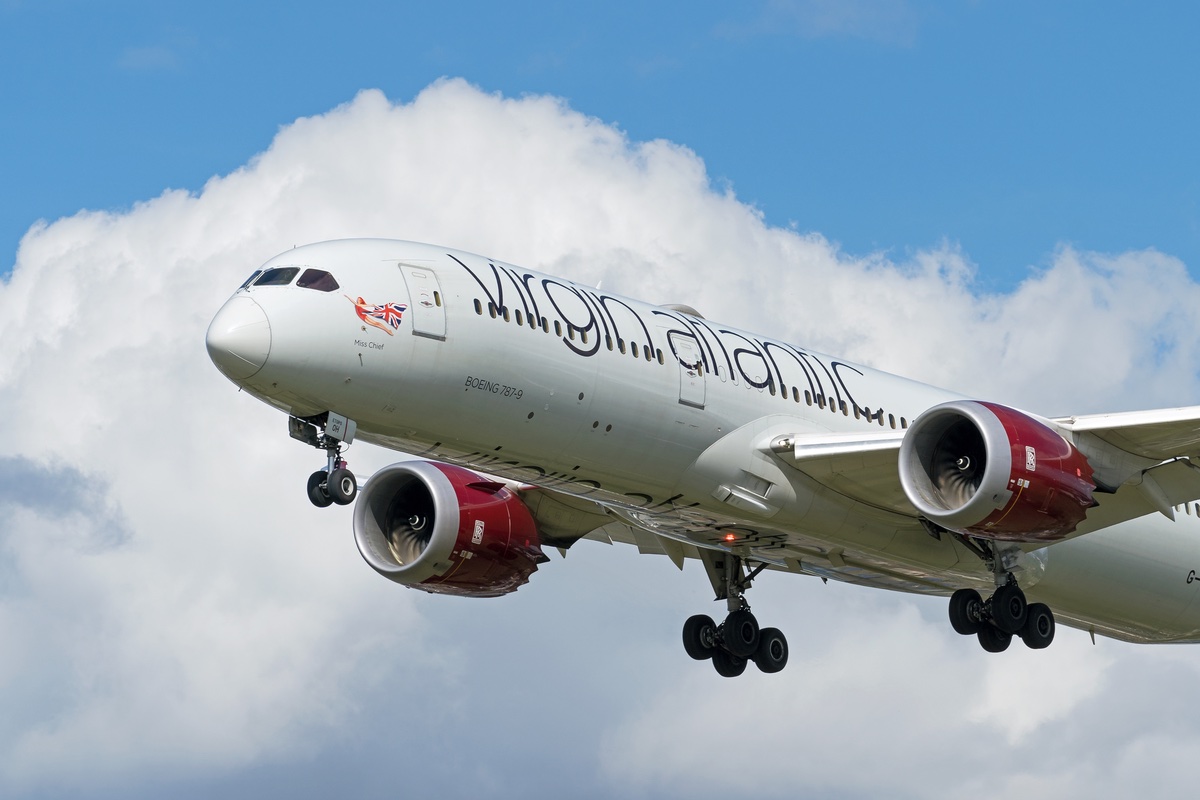Cross-Border Payments: 4 Best Practices That Travel Providers Should Keep in Mind

Skift Take
This sponsored content was created in collaboration with a Skift partner.
The payment process is perhaps the most important moment in a customer transaction. Getting it right and making it as seamless as possible helps the customer feel at ease in terms of security, trust, and convenience. But getting it wrong has the potential to ruin the entire experience and lose a customer permanently. According to data from PYMNTS.com, “Of the shoppers who abandon their carts, more than one in four cite a long or complicated checkout process as a reason they didn’t buy.”
As the world becomes more globally connected, as customers have greater ability to purchase products and services from anywhere in the world, and as the number of payment methods grows, providing a cross-border payments process that meets customers where they are becomes more complex.
In the travel industry specifically, part of this is the fact that travelers are becoming more globally diverse in where travelers are coming from and where they’re going. According to the United Nations World Tourism Organization (UNWTO), 2018 saw international tourist arrivals jump 6 percent from 2017 to reach 1.4 billion, making it the second strongest year for growth since 2010. While this is good news, it brings its own set of challenges when it comes to cross-border payments.
Here, we explore some best practices that travel providers should follow to ensure an optimal cross-border payments experience for their own brand safety, the brand safety of their partners, and the travelers and guests they’re engaging with.
1. Provide relevant, local payment methods: The global travel audience has never been more expansive as travelers from emerging markets up their spend. According to UNWTO, China was the top spender on international travel in 2017, and travelers from Russia, Brazil, and India substantially increased expenditure as well. A 2018 report from Visa found that “Asia-Pacific households now account for one in three global traveling households, up from one out of four in 2006.”
As Mike Massaro, CEO of Flywire Payment Solutions explained, “Travelers from different regions are accustomed to different forms of payments. They have different expectations.” Visa or Mastercard is not going to work for a traveler from China, who will be more familiar with Alipay, UnionPay, or WeChat Pay. Meanwhile, consumers in Russia are likely to pay with Yandex and those from India tend to pay with their debit cards. Providing ways for travelers to pay in their local currencies through methods they’re used to is one of the best ways travel providers can not only grow conversions, but reduce costs and increase acceptance rates.
2. Have a fraud strategy in place: As a customer, it can be a bit nerve-racking to input your personal identity and payment information into an online system, especially when the transaction is with an unfamiliar business or processed overseas. Fortunately, there are very specific rules in place about how businesses can use, store, and record this information to protect customers. “It’s up to the business to make sure they have a fraud strategy in place to capture payments securely. If it’s not something the company can handle internally, it’s important they partner with a third-party to ensure that its payment system is integrated correctly, for both the safety of the company and the customer,” Massaro said.
3. Optimize approval rates: Travel-related purchases tend to be large compared to other online purchases — and when transactions are large, approval rates can be an issue. “Almost any transaction over a couple of thousand dollars will attract a lot more scrutiny,” said Massaro. It’s important that providers maximize approval rates in each market they’re working with and have the right technology and tools in place to accurately monitor transactions — especially those made via credit card.
“A small business in Canada running luxury ski trips could be regularly processing $10,000 transactions on credit cards from France. For many businesses, a transaction of that size from an international market would be a red flag. So it's important that you have different sets of controls in place that allow for specific transactional flows,” he said.
4. Be realistic about your resources: Many travel providers — particularly those running small and medium-sized businesses that offer niche experiences — don’t have the financial background needed to set up a sustainable payment processing system. Usually, business owners in the travel space would much rather be interacting with guests or leading excursions than dealing with day-to-day financial tasks. At the same time, it’s often difficult for smaller-sized travel providers to negotiate processing costs due to their lower transaction volume.
Partnering with a third-party provider that not only specializes in payments, but has the power to negotiate processing costs, can help solve for the challenges and complexities that come with setting up a payment system. By using a company to manage these administrative tasks and leverage processing costs — acting almost as an extension of the internal team — travel providers can focus on what they do best: providing best-in-class experiences. As Massaro said, “The reality is, if you can’t aggregate a seamless payment experience, you can’t create a great travel experience."
Flywire Payment Solutions works with travel providers and operators across the globe to take the complex payment process and makes it simple for the payer and the receiver. To learn more, click here.
This content was created in collaboration with Flywire and published by Skift’s branded content studio, SkiftX.




